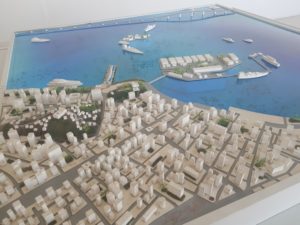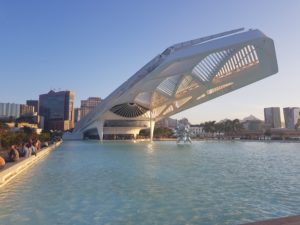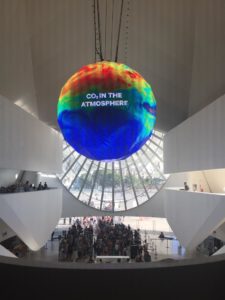Brazil- Art/design at Sao Paulo and Rio de Janeiro 2018year
- São Paulo Museum of Art (MASP) / Avenida Paulista, 1578 maps.org.br
Architect- Lina Bo Bardi
Afro-Atlantic Histories( 29.6-21.10.2018)- Afro-Atlantic Histories presents a selection of 450 works by 214 artists ranging from the 16th to 21st centuries.
Brazil is the central territory in the Afro-Atlantic histories, having received about 46% of the roughly 11 million Africans brought against their will to the side of the ocean throughout more then 300 years. The country also was the last to end the slave trade with the so called Golden Law of 1888, which perversely did not include any social integration plan,setting the stage for enduring economy, political and racial inequalities. On the other hand, Brazil’s leading role in those histories also sowed here a rich and lasting legacy from African cultures.
Eco Design-https://carapana.wordpress.com/ ”The Eco-design handbook”



- The São Paulo Museum of Modern Art( MAM) /Located at Ibirapuera park.
Its collection contains more than 5,000 works by the most representative modern and contemporary artists, principally Brazilian ones.

- Museum of Contemporary art Sao Paulo Brazil (MAC)/ Located at Ibirapuera park.
It is a contemporary art museum located in the main campus of the University of São Paulo, in São Paulo, Brazil, and in Ibirapuera Park, in the same city. It is one of the largest art museums in the country.
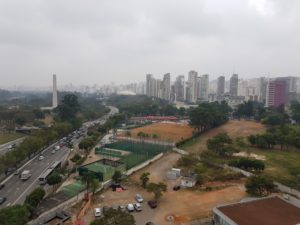
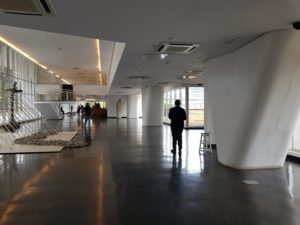




Wood chair design- ideas

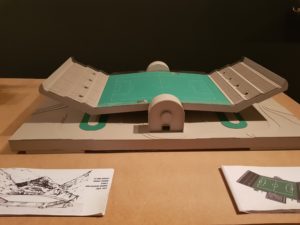

- The Ibirapuera Auditorium is a building conceived by Arch.Oscar Niemeyer for the presentation of musical spectacles, situated in Ibirapuera Park in São Paulo.




- The Museum of Tomorrow – Museu do Amanhã is a science museum in the city of Rio de Janeiro, Brazil.It was designed by Spanish neofuturistic arch. Santiago Calatrava, and built next to the waterfront at Pier Maua. Its construction was supported by the Roberto Marinho Foundation and cost approximately 230 million reais.
The building was opened on December 17, 2015, with President Dilma Rousseff in attendance. The main exhibition takes visitors through five main areas: Cosmos, Earth, Anthropocene, Tomorrow, and Us via a number of experiments and experiences. This intricate yet captivating museum mixes science with an innovative design to focus on sustainable cities and an ecological world. The museum was part of the city’s port area renewal for the 2016 Summer Olympics.

